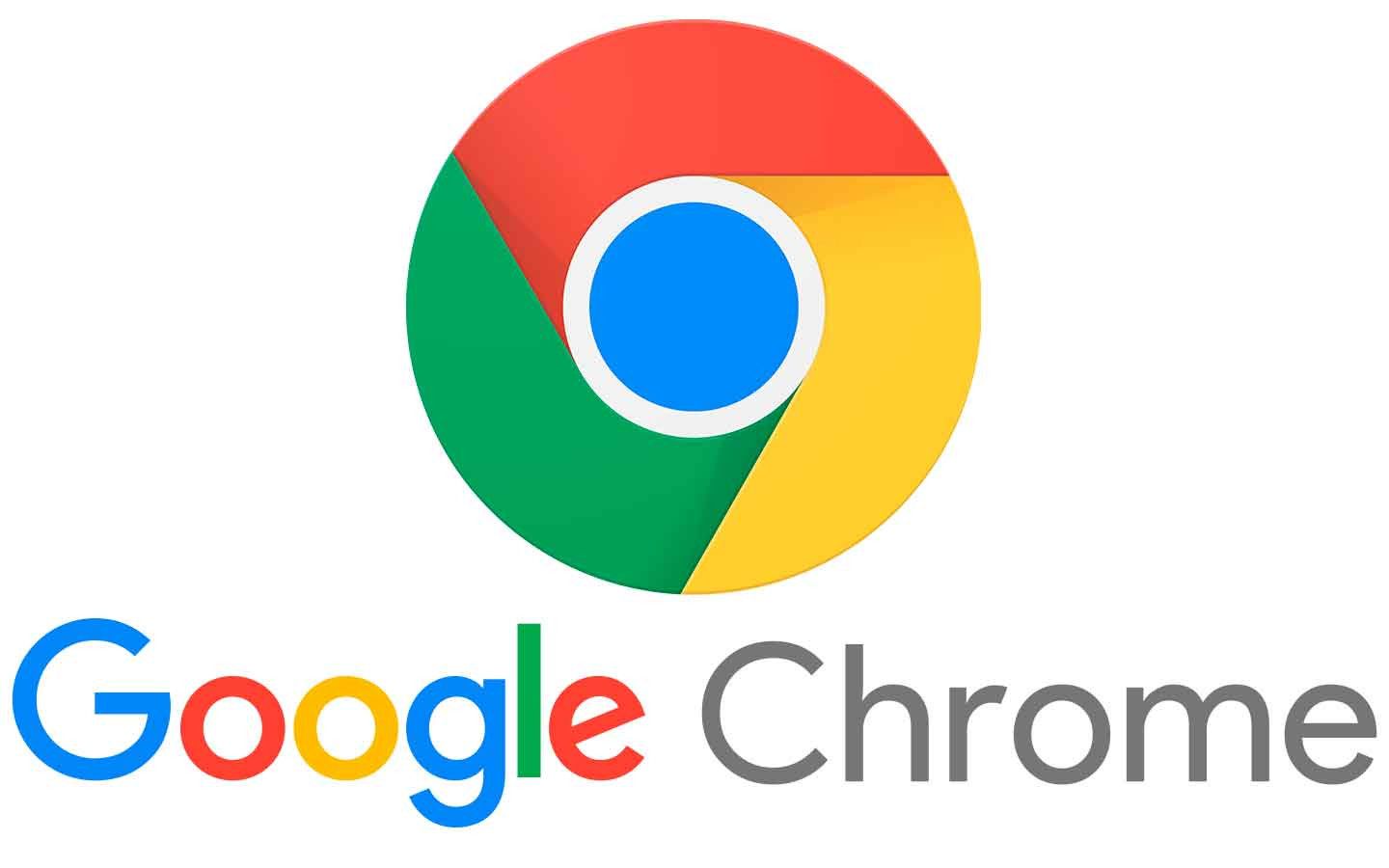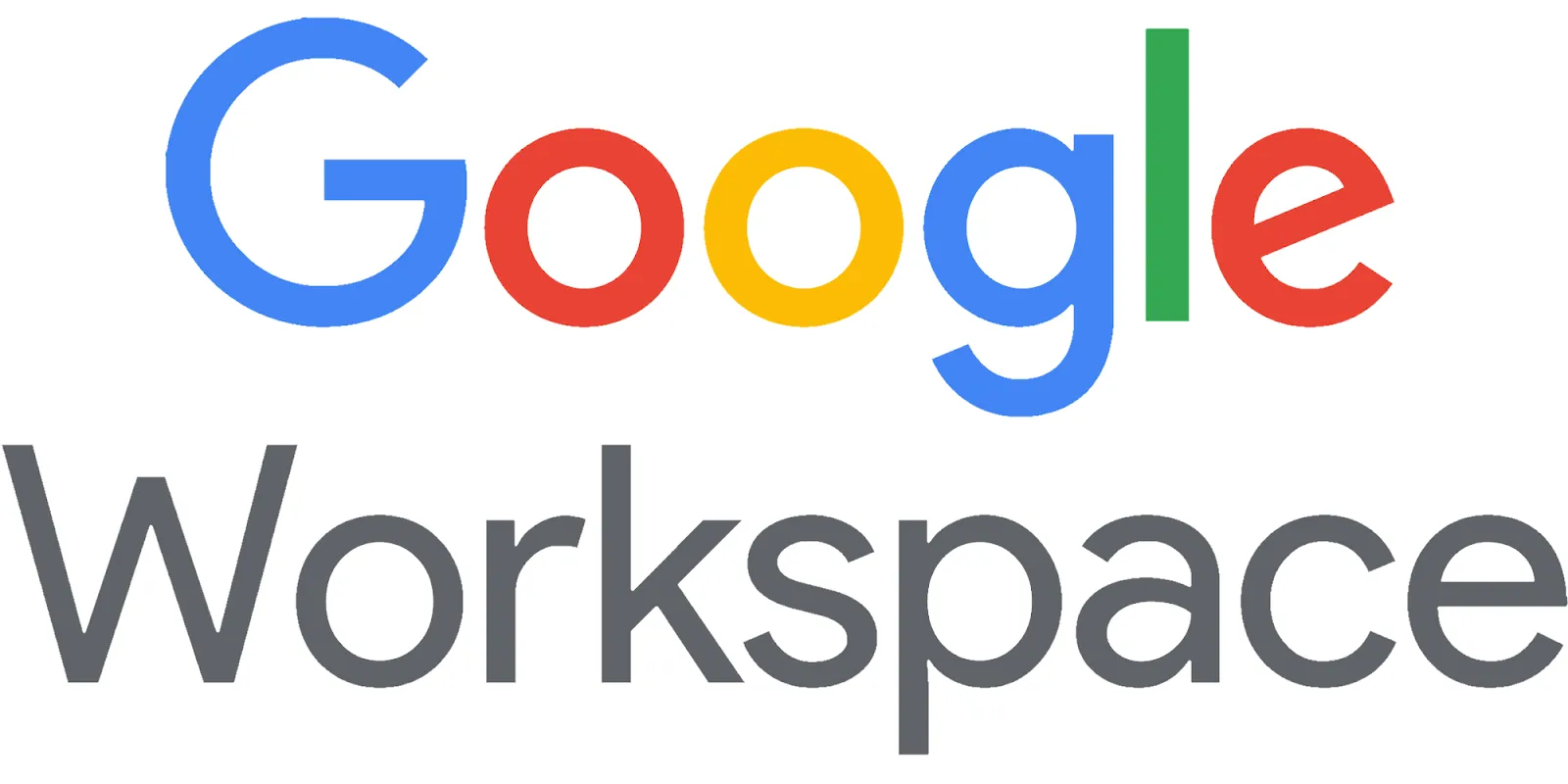Targeted Advertising and Campaigns with Google Shopping
Targeted Advertising and Campaigns with Google Shopping

In the world of e-commerce, Google Shopping has revolutionized how businesses connect with potential customers. By utilizing targeted advertising strategies, merchants can effectively promote their products to users who are actively searching for them. This article delves into how Google Shopping functions, the significance of targeted advertising within this platform, and the strategies that businesses can employ to optimize their campaigns.
What is Google Shopping?
Google Shopping is a service provided by Google that allows users to search for products and compare prices from different retailers. When a user conducts a search, Google displays relevant product listings, which include images, prices, and merchant information. This enables users to make informed purchasing decisions without having to navigate multiple websites.
How Google Shopping Works
Google Shopping operates through a combination of Google Ads and Google Merchant Center. Here’s how the process typically unfolds:
- Product Feed Creation: Retailers must create a product feed that includes details about their products, such as titles, descriptions, prices, and images. This feed is uploaded to Google Merchant Center, where it is processed and stored.
- Ad Campaign Setup: Merchants set up Shopping campaigns in Google Ads, selecting relevant targeting options, budgets, and bidding strategies.
- Ad Display: When users search for products, Google matches the search queries with the product listings in its database. Relevant ads are displayed on the search results page, often at the top or on the right side.
- Clicks and Conversions: If a user clicks on a product ad, they are directed to the retailer's website, where they can complete the purchase. Retailers are charged for each click on their ads, making it essential to optimize campaigns for maximum ROI.
The Importance of Targeted Advertising in Google Shopping
Targeted advertising plays a crucial role in the success of Google Shopping campaigns. By targeting specific audiences, retailers can increase the relevance of their ads, leading to higher click-through rates and conversions. Here are several reasons why targeted advertising is essential:
- Audience Segmentation: Retailers can segment their audience based on demographics, interests, and behaviors. This allows for personalized advertising, ensuring that users see products that align with their preferences.
- Increased Relevance: By targeting specific keywords and customer segments, retailers can create highly relevant ads that resonate with their audience. This leads to improved engagement and a higher likelihood of conversion.
- Cost Efficiency: Targeted advertising allows businesses to allocate their budgets more effectively. By focusing on specific segments that are more likely to convert, retailers can minimize wasted ad spend.
Strategies for Targeted Advertising in Google Shopping
To maximize the effectiveness of Google Shopping campaigns, retailers can implement the following strategies:
- Optimize Product Listings: Ensure that product titles, descriptions, and images are optimized for relevant keywords. High-quality images and compelling descriptions can attract more clicks and improve conversion rates.
- Utilize Negative Keywords: Use negative keywords to prevent ads from appearing for irrelevant searches. This helps refine the audience and ensures that ad spend is focused on the most relevant queries.
- Leverage Remarketing: Implement remarketing strategies to target users who have previously interacted with your products but did not convert. Remarketing ads can remind potential customers of their interest and encourage them to return and make a purchase.
- Monitor Performance Metrics: Regularly analyze campaign performance metrics such as click-through rates, conversion rates, and ROI. Use this data to make informed decisions and optimize campaigns for better results.
- Test Different Ad Formats: Experiment with different ad formats and bidding strategies to identify what works best for your products. A/B testing can help determine which ads drive the most conversions.
Conclusion
Targeted advertising within Google Shopping offers retailers a powerful way to reach potential customers effectively. By leveraging audience segmentation, optimizing product listings, and implementing strategic advertising techniques, businesses can enhance their visibility, improve engagement, and boost conversion rates. As the e-commerce landscape continues to evolve, mastering targeted advertising on platforms like Google Shopping will be key to sustained success.
Google Shopping Articles
- What is Google Shopping?
- How Google Shopping Works
- User Experience with Google Shopping
- Advantages of Google Shopping
- SEO and Google Shopping
- Targeted Advertising and Campaigns with Google Shopping
- Google Shopping and Mobile Usage
- Success Stories: How Businesses Thrive with Google Shopping
- Future Trends in Google Shopping
- Conclusion and Recommendations for Google Shopping









Comments
Post a Comment